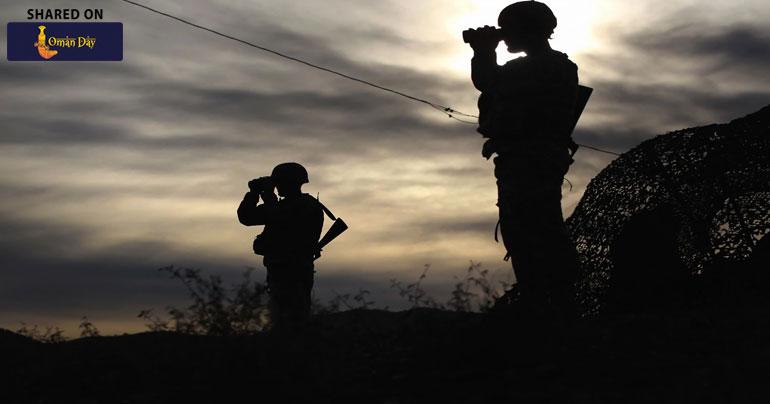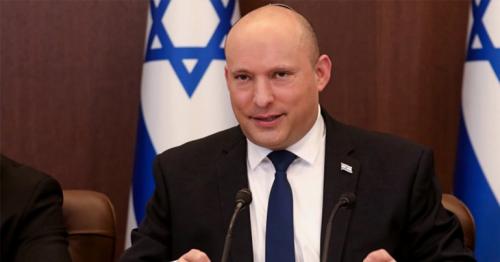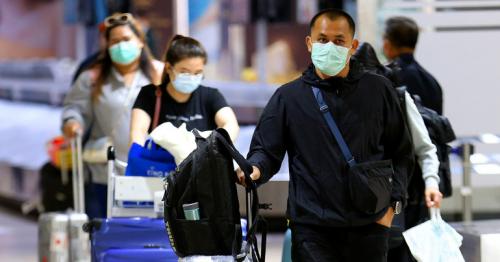US vs Mexico: Trump sends large troops to Mexico border
The Trump administration announced Wednesday that it plans to send National Guard troops to the U.S.-Mexico border as part of a larger crackdown on illegal immigration that includes pressuring Congress to tighten laws.
But the strategy will require cooperation with border-state governors who oversee their respective National Guard operations, giving them considerable power over the scope of the administration’s deployment plans. That means President Trump’s ambition to dispatch troops to the border could be constrained by the state of California, which has repeatedly clashed with the administration over immigration and the environment.
Administration officials on Wednesday disclosed few specifics about the planned deployment — such as how many troops will be sent to the border, how long they will be stationed there and what their tasks will be — citing ongoing discussions with the states.
“I don’t want to get ahead of the governors. This is a partnership with them,” said Homeland Security Secretary Kirstjen Nielsen, who made the formal announcement Wednesday. “We are giving them the opportunity to review our suggestions of how the National Guard can support the Border Patrol.”
But Nielsen pledged that the size of the troop deployment will be “strong” and “as many as is needed to fill the gaps that we have today.”
California was noncommittal Wednesday on the administration’s plans. Lt. Col. Tom Keegan, a spokesman for the state’s National Guard, said the state will “promptly” review the request to “determine how best we can assist our federal partners.” The California National Guard already has 55 personnel who provide support at the border through its anti-drug operations.
“We look forward to more detail, including funding, duration and end state,” Keegan said.
Meanwhile, Texas — which also has a contingent of National Guard personnel along the border — applauded the administration’s announcement.
“Today’s action by the Trump administration reinforces Texas’ longstanding commitment to secure our southern border and uphold the Rule of Law, and I welcome the support,” Republican Gov. Greg Abbott said in a statement. “Going forward, Texas will continue to implement robust border security efforts, and this partnership will help ensure we are doing everything we can to stem the flow of illegal immigration.”
Previous presidents, including Barack Obama and George W. Bush, have deployed National Guard personnel as backup to Border Patrol agents amid concerns about security and drug trafficking. In recent years, however, the number of people crossing illegally into the country has plummeted and is at its lowest level since 1971.
Still, there are signs the numbers could rise. Statistics released Wednesday by the Department of Homeland Security showed that border agents apprehended about 50,300 people in March, a steep increase from March 2017, when that figure was about 16,600. The March 2017 number, however, was significantly lower than apprehensions from the previous four years.
Theresa Cardinal Brown, a former policy adviser for Customs and Border Protection under the George W. Bush administration, said governors have negotiating power over deployment details, such as how long troops would be used and what their specific duties would be.
She said, for instance, that California Gov. Jerry Brown, whose administration has sued the federal government over Trump’s border wall, could insist that his state’s National Guard troops not be employed to construct such barriers.
“They would have a lot of control because this is a negotiation,” said Brown, who is now at the Bipartisan Policy Center. “DHS can’t do this unless the governors say yes.”
When Bush employed the National Guard along the border in 2006, the guardsmen were not tasked to take part in law enforcement activities but helped border agents by conducting surveillance and intelligence activities and helping construct fences, according to the National Guard Bureau. The Guard operations were paid for by the federal government, but the guardsmen reported to the state governors.
Federal law prohibits military officials from carrying out domestic law enforcement.
Under Trump’s plan, National Guard troops will assist Border Patrol agents until Congress passes legislation to deal with what the administration says are legal loopholes in immigration enforcement, according to an official familiar with the plan. The official, who would discuss the unreleased details only on the condition of anonymity, said the troops are expected to be in a support role, conducting tasks such as road development and intelligence gathering.
The administration will send to Congress legislative proposals intended to toughen border security laws, with Nielsen criticizing lawmakers for not acting on the issue sooner. One provision sought by the administration is a change that would allow U.S. immigration officials to more quickly deport unaccompanied migrant children from Central America.
“Unfortunately, time and time again, Congress has failed to act. Worse still, some members of Congress have continually opposed efforts to secure the border,” Nielsen said. “As a result of this continued congressional inaction, the administration has drafted legislation, and we will be asking Congress again to provide the legal authority and resources to address this crisis at our borders.”
The presidential proclamation signed by Trump on Wednesday caps four straight days of hard-line rhetoric and hints of a new immigration strategy from the president, who has zeroed in on reports of a “caravan” of migrants from Central America who have sought safe harbor in the United States.
Funding for his border wall has been stymied in Congress, while Trump faced signs that his conservative base was getting restless as he struggled to fulfill his campaign pledges on immigration.
“I think what is true is, the president is frustrated. He has been very clear that he wants to secure our border,” Nielsen said. “He’s been very clear that he wants to do that in a bipartisan way with Congress. I think what you’re seeing is the president taking his job very seriously in terms of securing our border.”
The proclamation directs DHS and the Pentagon to work with states to deploy the National Guard. One senior administration official who briefed reporters said using the National Guard “has been in discussion for a while, per presidential direction, and has been an ongoing effort.”
Nielsen said that the hope is to begin the deployment immediately and that some troops could arrive at the border as soon as Wednesday night.
“We hope to have the path forward very much specified in the very near future,” she said.
Trump first floated the prospect of sending military personnel to the border Tuesday, calling it a “big step.” He has been briefed twice in recent days by senior administration officials about the migration issue, and he has “directed a vigorous administrative strategy to confront this threat and protect America’s national security,” according to White House press secretary Sarah Huckabee Sanders.
Earlier Wednesday, Trump teased the announcement on Twitter: “Our Border Laws are very weak while those of Mexico & Canada are very strong. Congress must change these Obama era, and other, laws NOW! The Democrats stand in our way — they want people to pour into our country unchecked. . . . CRIME! We will be taking strong action today.”
tag: internationalnews , legal
Share This Post






